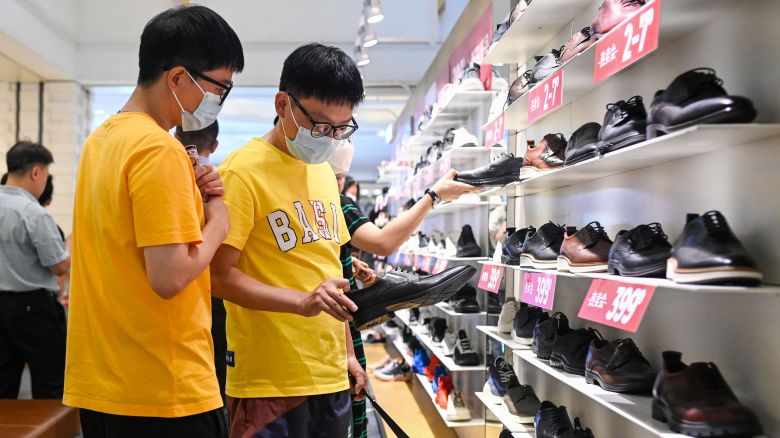China stops releasing youth unemployment data

The government in China has suspended the release of monthly data on youth unemployment after the figure hit consecutive record highs in recent months.
During its monthly economic indicators release on Tuesday, the National Bureau of Statistics (NBS) announced the news, which drew immediate backlash and ridicule on social media. Previously, the NBS released monthly unemployment rates for 16- to 24-year-olds in urban areas.
NBS spokesman Fu Linghui explained that the current statistics “need improvement.”
Rather than seeking jobs, students in this age group should study, he said, as their main task is to study.
Different people have different opinions on whether students looking for jobs before graduation should be included. According to him, it needs to be researched further.
According to him, defining the age range of “young job seekers” also requires further study, because young people are now spending more time in school.
NBS will now conduct “in-depth research” to improve its methodology, Fu said, adding that the data will be released again once the process is complete. There was no timeframe given by him.
In recent months, China’s youth unemployment rate has reached consecutive record highs. Between April and June, the unemployment rate for 16- to 24-year-olds was 20.4%, 20.8%, and 21.3%.
Online, the announcement quickly became a trending topic.
On microblogging site Weibo, where a hashtag about the news garnered 100 million views, a comment with more than 9,000 upvotes said, “The current data is too ugly, let’s not look at it right now.”
This year, 11.6 million college graduates were seeking employment. In the wake of a post-pandemic rally that faded in the second quarter, the Chinese economy faces bleak prospects.
NBS data show consumer spending, factory production, and fixed asset investment all slowed further in July compared to a year earlier.
Retail sales grew 2.5% last month from a year ago, slowing from a 3.1% increase in June. China’s pandemic restrictions were lifted in December, leading to the weakest growth in consumption since then.
The industrial production also fell short of expectations. In July, it grew 3.7% over a year ago, while in June, it grew 4.4%.
A 3.4% increase in fixed-asset investment was recorded in July, compared to a 3.8% increase in June.
